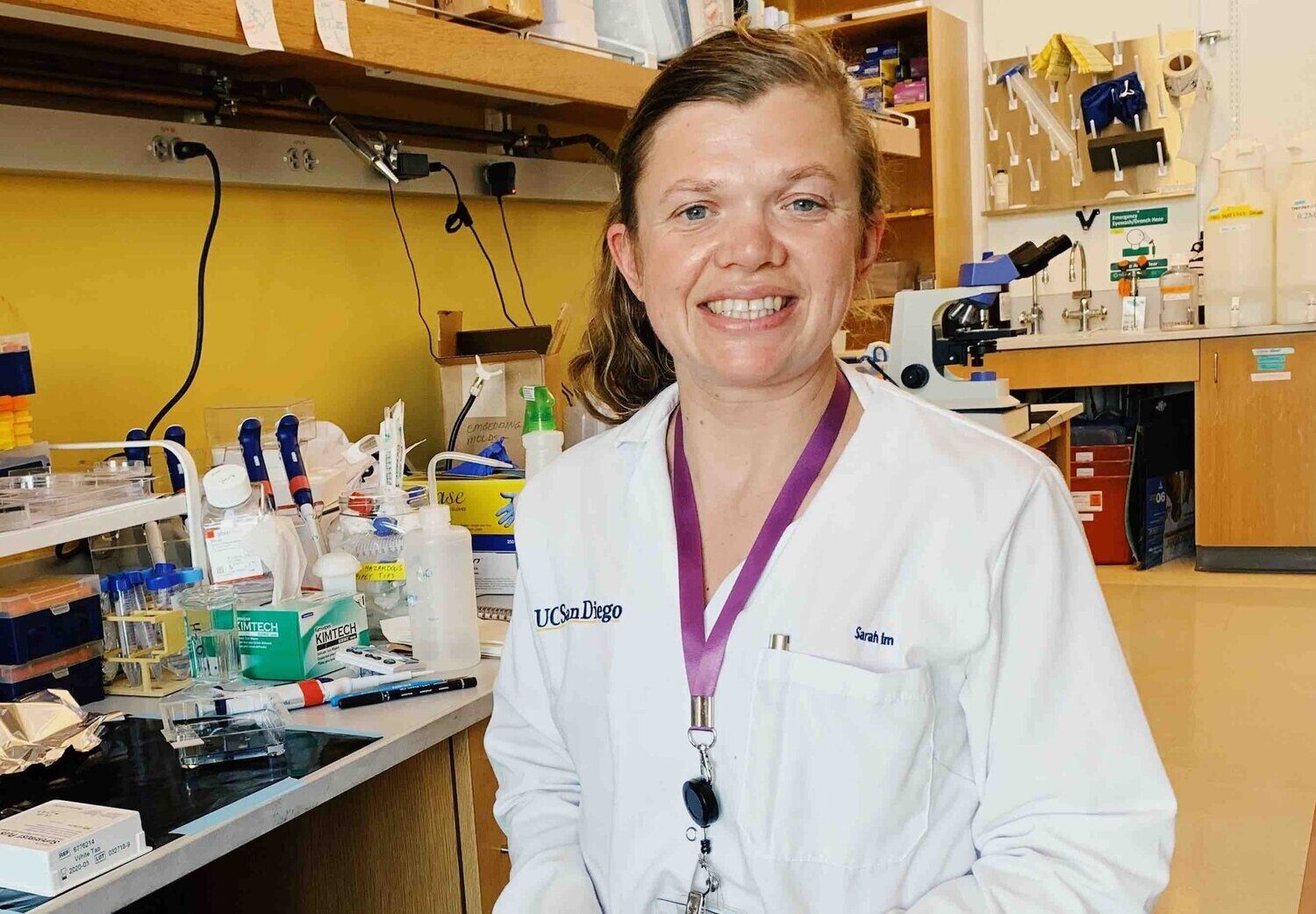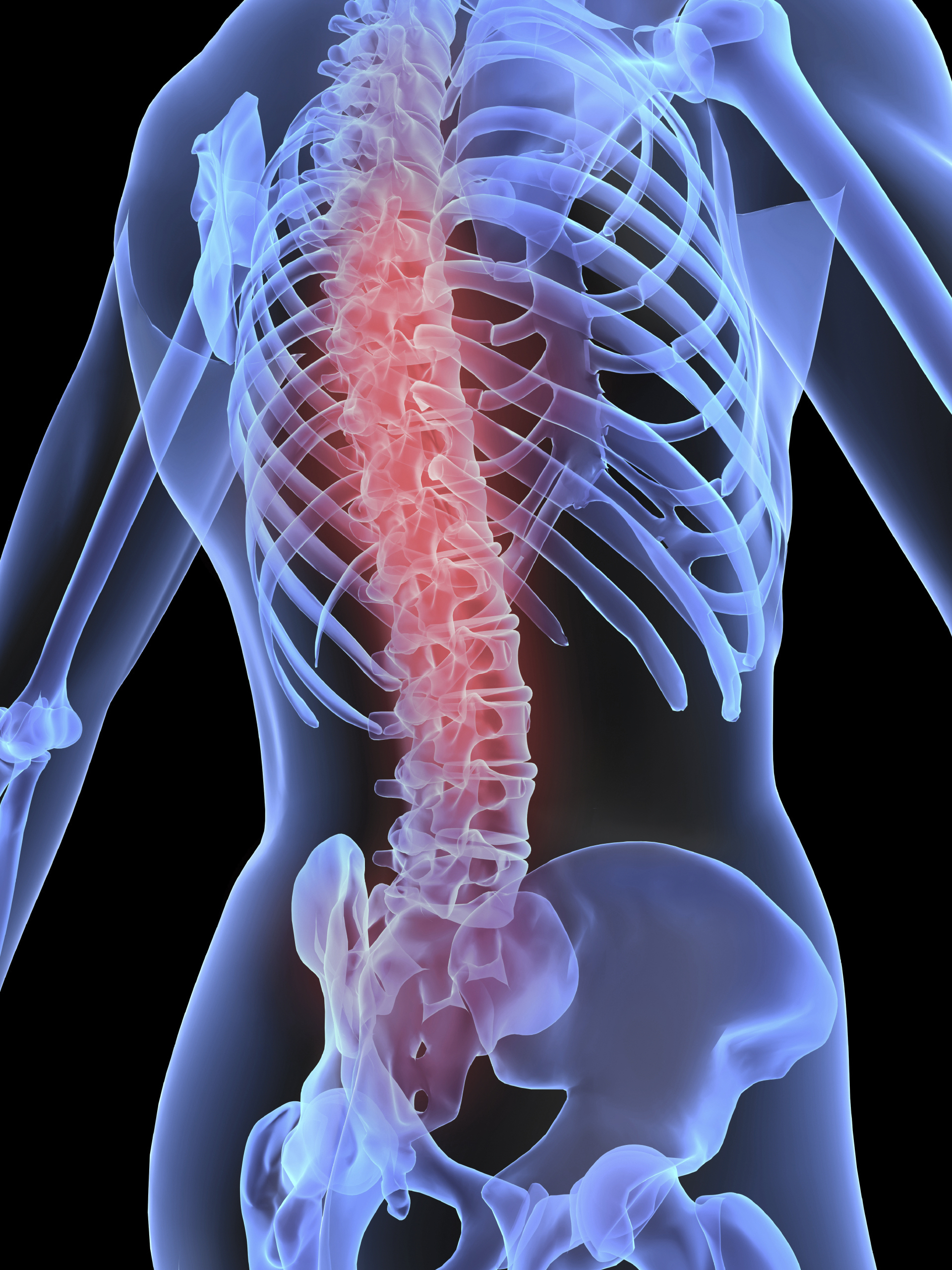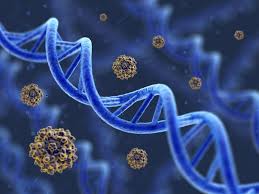What you need to know
- Epidural electrical stimulation (EES) describes a technique whereby an electrode is implanted into in the epidural space. This electrode can transmit electrical currents to cause targeted muscle contractions.
- Researchers are using animal models to investigate the effectiveness of EES on the recovery of bladder function in the post-acute and chronic stages of spinal cord injury.
- Preliminary studies have shown that EES paired with bladder rehabilitation is associated with the recovery of certain biological markers associated with bladder function.
In a nutshell
The coordination of bladder muscles is complex. When they get disrupted after spinal cord injury, messages are no longer able to pass between the bladder and brain. Resulting complications include high bladder pressure, incontinence, incomplete emptying and reflux, along with recurrent bladder infections, stones, kidney distension and inflammation and even renal failure. Although current treatments can provide some recovery of function, none are able to fully restore function to its pre-injury condition.
Researchers have conducted a series of studies to better understand the physiological processes underlying bladder function that are affected by post spinal cord injury.
Measuring bladder function in animals is a challenging undertaking. To achieve this, researchers have worked on developing a first-of-its-kind catheter which can be used to measure specific physiological markers, these are (1) bladder pressure and (2) external urethral sphincter contraction.
This has laid the groundwork for further studies which have used mice to investigate the effects of epidural electrical stimulation, combined with a rehabilitation protocol. Early studies have demonstrated an improvement in bladder function in mice 48 hours after injury. Follow-up studies will work on fine tuning bladder training protocols and EES parameters and with a focus on how this procedure can benefit patients with a chronic spinal cord injury.
How this supports our goal to cure paralysis.
Recovery of bladder function has been widely considered one of the top priorities among individuals with SCI. The clinical benefits, and enhancement in quality of life that recovery of such autonomic functions can provide are multifaceted and far reaching. Such recovery could alleviate secondary issues related to bladder management, e.g. urinary infections and autonomic dysreflexia.
With the current advancements in EES implants, researchers are hopeful about swiftly applying this intervention in clinical settings. Collaborative efforts in partnership with major spinal centers are underway with the aim of trialing EES for individuals with SCI. While initial research has primarily concentrated on enhancing locomotion and bowel function, the focus is now expanding to include bladder function.



